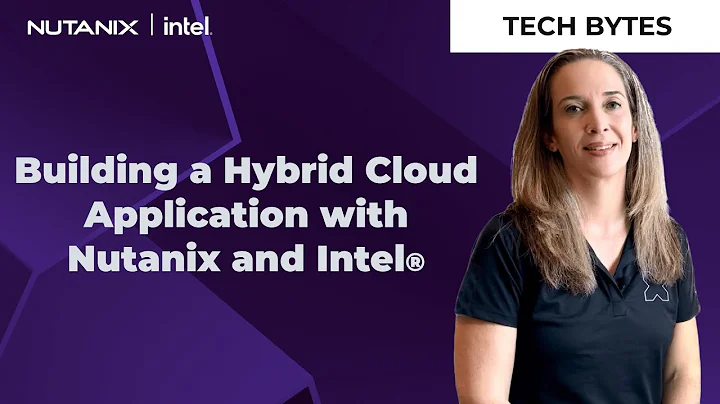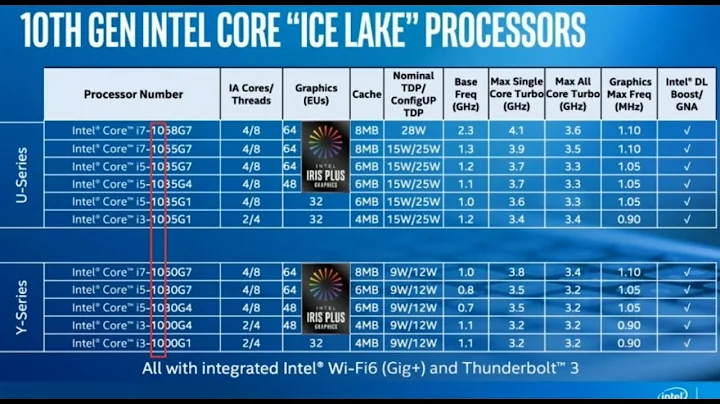Unlocking the Power of Data with Cadence's CXL Controller IP
Table of Contents:
- Introduction
- The Importance of Data in our Lives
- Overview of CXL Technology
- CXL Controller IP from Cadence
- Partnership with Intel
- Demo Setup and Configuration
- Powering Up the CXL Link
- The Key Steps of the CXL Link Initialization
- 8.1. Link LTSm Training
- 8.2. VLSm Training
- 8.3. Data Link Layer Initialization
- 8.4. CXL Enumeration
- Host Recognition of the CXL Device
- Conclusion
🔍 Introduction
In this article, we will delve into the exciting developments of the PCIe CXL Controller IP from Cadence Design Systems. We will explore the importance of data in our daily lives and understand how the CXL technology fits into the overall technology and market landscape.
📊 The Importance of Data in our Lives
Data has become the cornerstone of our day-to-day activities, with its exponential growth shaping consumer behavior and driving technological advancements. According to an IDC report, by the year 2025, a staggering 463 exabytes of data will be created every single day. The size of the global data sphere is projected to reach a mind-boggling 175 zettabytes. With data playing such a significant role, it's crucial to have efficient technologies that can handle its processing and storage requirements.
💡 Overview of CXL Technology
The Compute Express Link (CXL) is a cutting-edge technology that revolutionizes data interconnects by providing low latency and coherent interconnects. CXL leverages the PCI Express physical layer as a transport mechanism, enabling increased compute capacity at a lower cost. This makes it ideal for applications such as storage, NIC, FPGA accelerators, and GPUs. The CXL protocol allows all the attached devices to have a common coherent memory space, greatly improving performance and efficiency.
🚀 CXL Controller IP from Cadence
As a leading provider of IP, Cadence has collaborated with Intel to develop the CXL Controller IP. This IP enables seamless integration of the CXL technology into various designs. With the CXL Controller IP, devices attached to the CXL link appear to have a common coherent memory space that is efficiently managed by the CPU. This results in improved performance, lower latency, and increased compute capacity.
👥 Partnership with Intel
Cadence and Intel have joined forces to perform pre-silicon interrupt testing of the CXL Controller IP. This ensures the IP's reliability and compatibility before it reaches the manufacturing stage. Additionally, co-simulation using FPGA prototypes and testing on early samples of the Xeon processors, codenamed Sapphire Rapids, have been carried out. This comprehensive partnership enables the CXL Controller IP to be optimized for Intel platforms, guaranteeing seamless integration and exceptional performance.
🔌 Demo Setup and Configuration
In today's demonstration, we will be showcasing the CXL 2.0 Controller IP in a Type 2 configuration. The IP is synthesized towards the UltraScale+ FPGA, which allows for a powerful and scalable implementation. The FPGA development board is plugged into an Intel Xeon processor platform with Sapphire Rapids processors. To analyze the traffic flowing through the CXL link, a Teledyne Lecra Analyzer is connected between the host and the device.
🔌 Powering Up the CXL Link
Once the motherboard is powered up, the CXL link between the host and the device goes through several key steps to establish a reliable connection. These steps include link LTSm training, VLSm training, data link layer initialization, and CXL enumeration. Each step is crucial in ensuring a robust and efficient CXL link.
8.1. Link LTSm Training
The link LTSm training process initiates the physical layer and enables the alternate protocol negotiation, which is vital for enabling the CXL protocol.
8.2. VLSm Training
The VLSm training initializes the R-Mux layer of the CXL stack. This step prepares the link for efficient data transmission.
8.3. Data Link Layer Initialization
Next, the data link layer is initialized, setting up both the CXL IO and CXL.Mem functionality. This initialization step establishes a stable and high-performance data link layer.
8.4. CXL Enumeration
During the CXL enumeration process, the host sends packets to the device to discover its configuration. This ensures that the host recognizes the CXL device and allows for further communication.
👁️ Host Recognition of the CXL Device
Once the CXL enumeration is complete, the host successfully recognizes the CXL IP. Through the "lspci" command, the host can identify the device, its vendor ID, and its capabilities. In the case of the Cadence CXL IP, the device is recognized as a Root Complex Integrated Endpoint (RC IEP), capable of a 10-bit requester and completer. The host also acknowledges the vendor-specific capability, indicating that it's a CXL type device. With the host's recognition, the CXL IP is ready to be utilized for various applications.
🔚 Conclusion
In conclusion, the advancements in CXL Controller IP from Cadence Design Systems offer a transformative solution for efficient data interconnects. With Intel as a partner, the CXL IP is rigorously tested and optimized for seamless integration with Intel platforms. The CXL technology, with its low latency and coherent interconnects, enables higher compute capacity at a lower cost. As data continues to be the driving force in our lives, the CXL Controller IP proves to be a valuable asset in meeting the evolving demands of the technology landscape.
Highlights:
- The PCIe CXL Controller IP from Cadence Design Systems
- The importance of data in our daily lives
- Overview of the Compute Express Link (CXL) technology
- Collaboration with Intel to optimize the CXL Controller IP
- Demonstrating the CXL 2.0 Controller IP in a Type 2 configuration
- Key steps in establishing the CXL link
- Host recognition of the CXL device
FAQ Q&A:
Q: What is the CXL technology?
A: The Compute Express Link (CXL) is a technology that provides low latency and coherent interconnects, leveraging the PCI Express physical layer as a transport mechanism.
Q: How does the CXL Controller IP benefit data processing?
A: The CXL Controller IP allows devices attached to the CXL link to have a common coherent memory space, resulting in improved performance, lower latency, and increased compute capacity.
Q: What is the collaboration between Cadence and Intel?
A: Cadence has partnered with Intel to optimize the CXL Controller IP for Intel platforms, ensuring seamless integration and exceptional performance.
Q: What is the significance of the CXL enumeration process?
A: During the CXL enumeration, the host sends packets to the device to discover its configuration, allowing for recognition and effective communication between the host and the CXL device.
Q: How does the CXL Controller IP enhance data interconnects?
A: The CXL Controller IP provides efficient and low-latency interconnects, enabling higher compute capacity at a lower cost, making it ideal for applications such as storage, NIC, FPGA accelerators, and GPUs.
Q: Where can I learn more about the CXL Controller IP from Cadence Design Systems?
A: For an extended version of this demonstration and to explore more about the CXL Controller IP, visit ip.cadence.com.
 WHY YOU SHOULD CHOOSE TOOLIFY
WHY YOU SHOULD CHOOSE TOOLIFY

























